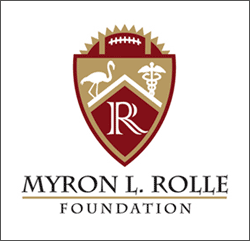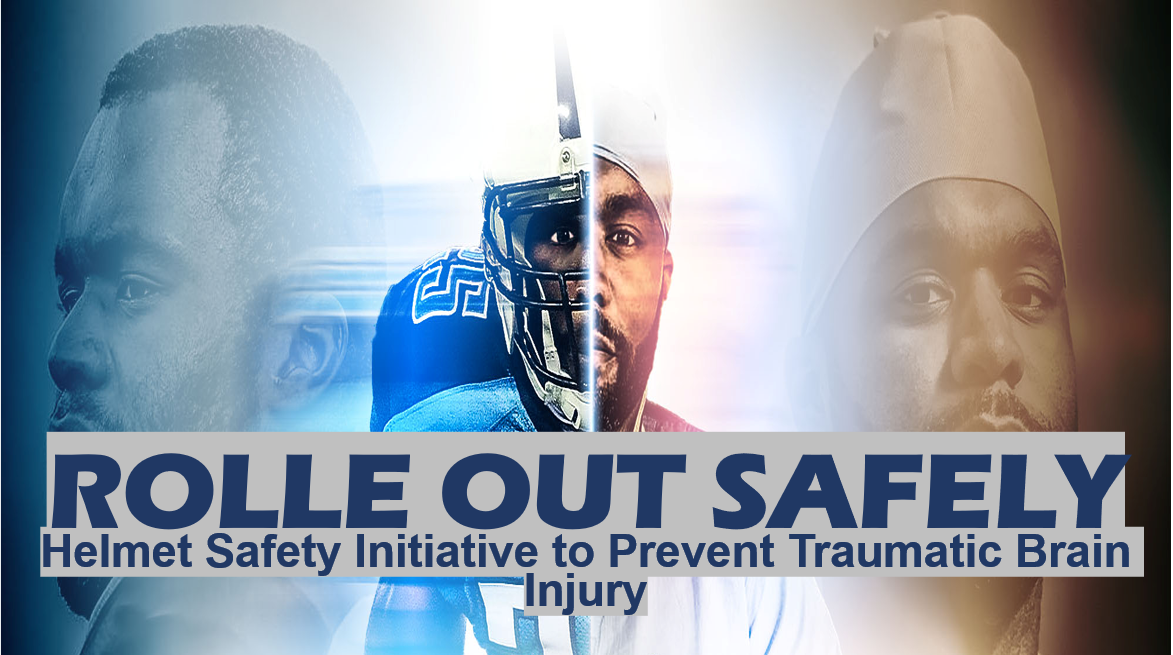ROLLE OUT SAFELY
Pediatric helmet safety is essential for protecting children from serious head injuries during activities such as biking, skateboarding, scootering, or playing contact sports. Children’s brains are still developing, making them more vulnerable to long-term effects from head trauma. A properly fitted helmet can reduce the risk of traumatic brain injuries, concussions, and skull fractures by absorbing the force of an impact. For the best protection, a child’s helmet should sit level on the head, cover the forehead, and have straps adjusted to form a snug “V” under the ears. Parents should ensure the helmet meets recognized safety standards, such as CPSC or ASTM certification, before purchase. It’s important to teach children that helmets are not optional but a normal and necessary part of being active. Helmets should be replaced after any significant impact or if they become cracked, loose, or worn out. Brightly colored helmets or those with reflective strips can improve visibility and help keep children safer. Role modeling is also important—when adults wear helmets, children are more likely to follow suit. Ultimately, consistent helmet use is a simple but powerful way to prevent life-altering injuries and keep children safe while they play and explore.
VIDEO - SAFETY HELMET GIVEAWAY/EDUCATION
Program Initiatives
Helmet safety/TBI prevention
Conduct child helmet giveaways for children in Central Florida.
Host general student population pop-up events to distribute helmets and share safety information.
Provide helmet safety education for children and parents, emphasizing proper fit, use, and the importance of protection.
PEDIATRIC MENTAL HEALTH
Pediatric mental health focuses on the emotional, psychological, and social well-being of children and adolescents. It shapes how young people think, feel, and behave in daily life, influencing how they manage stress, build relationships, and make decisions. Prioritizing pediatric mental health is an investment in our children’s futures. With the right support, children can develop resilience, succeed academically, and grow into healthy, well-adjusted adults.
.








